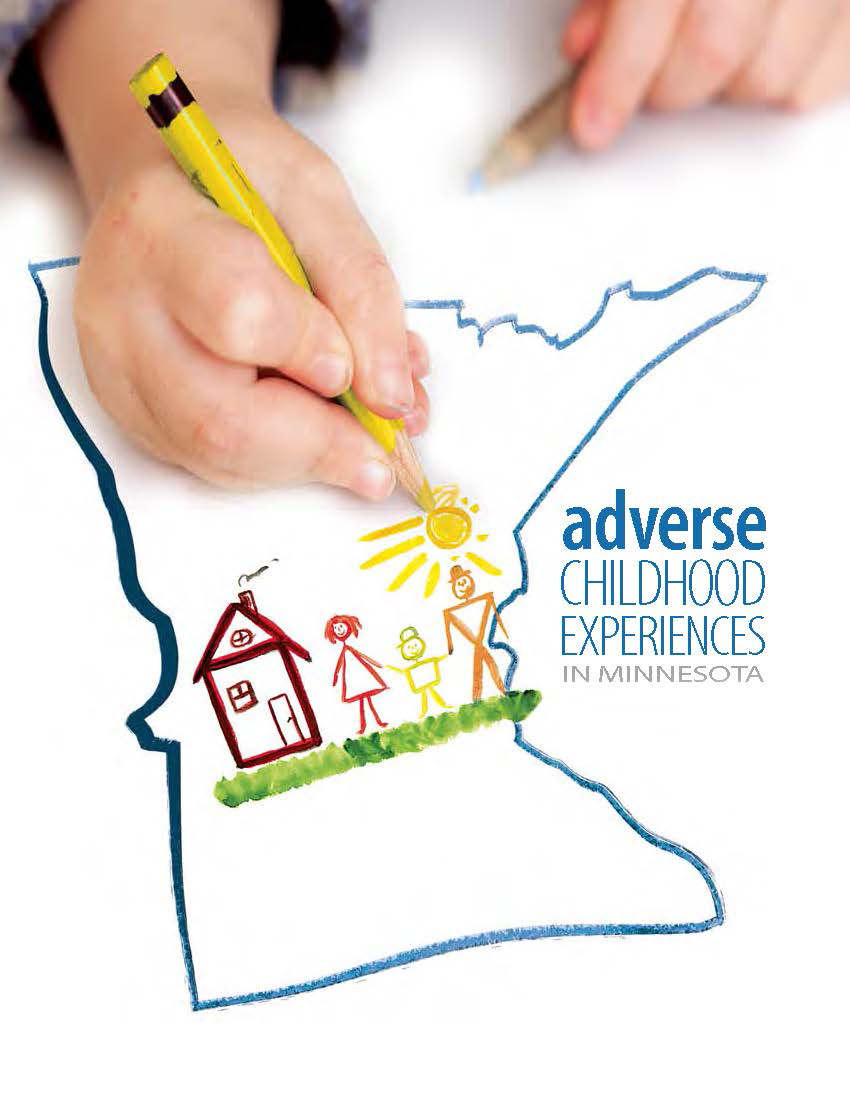Adverse Childhood Experiences (ACEs) Prevention

Children are shaped by their earliest experiences and relationships at home, at school, and in their neighborhoods. Adverse Childhood Experiences (ACEs) are stressful events in a child’s life that occur before they turn 18 that can potentially impact their health and well-being. Stressors such as poverty, racism, discrimination, housing instability, and ACEs disproportionally affect children and families in that have been impacted by systems that don’t provide the same resources and opportunities to all communities. Frequent exposure to these stressors and adverse experiences can increase the likelihood that individuals face more health challenges and poor outcomes later in life.
All ACEs are preventable. The Minnesota Department of Health’s ACEs prevention work focuses on better understanding which communities disproportionately experience ACEs; identifying and promoting prevention strategies that can increase child and family resilience; and sharing prevention resources and tools with community-based organizations.
